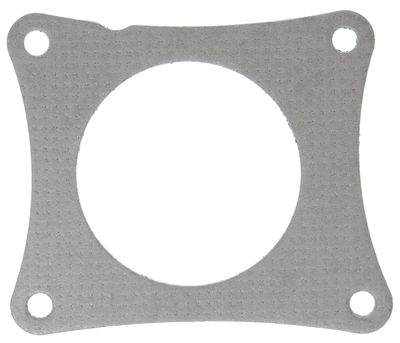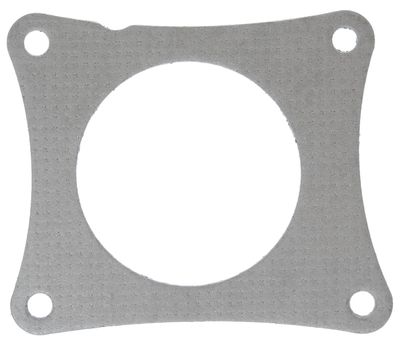Answer
Aug 14, 2024 - 12:04 PM
Exhaust system gaskets are typically made from materials that can withstand the high temperatures, pressures, and corrosive gases produced by the exhaust system. The most common materials used in exhaust gaskets include:
-
Multi-Layer Steel (MLS):
- MLS gaskets are composed of several layers of stainless steel, sometimes with a coating or a layer of a softer material like rubber or silicone for better sealing. These gaskets are durable, can withstand high temperatures, and are commonly used in high-performance and modern vehicles.
-
Graphite:
- Graphite gaskets are made from flexible graphite, often reinforced with a metal core. They are highly resistant to heat and pressure, making them suitable for high-temperature environments like exhaust systems. Graphite gaskets are also known for their ability to conform well to irregular surfaces, ensuring a good seal.
-
Composite Materials:
- Composite gaskets are made from a blend of materials, including fibers, rubber, and resins. These gaskets can handle moderate temperatures and are often used in older vehicles or as a budget-friendly option. They may include a metal core for added strength.
-
Copper:
- Copper gaskets are less common but are sometimes used in high-performance or racing applications due to their excellent thermal conductivity and sealing properties. Copper gaskets can withstand extreme temperatures but are typically more expensive.
-
Metal/Graphite Combinations:
- Some gaskets combine metal and graphite to take advantage of the strengths of both materials. These gaskets can provide a strong seal while also conforming to the surfaces they are sealing.
The choice of gasket material depends on the specific application within the exhaust system and the vehicle's performance requirements. For example, MLS gaskets are often used for the exhaust manifold, where the temperatures and pressures are highest, while other parts of the exhaust system might use graphite or composite gaskets.





Add New Comment